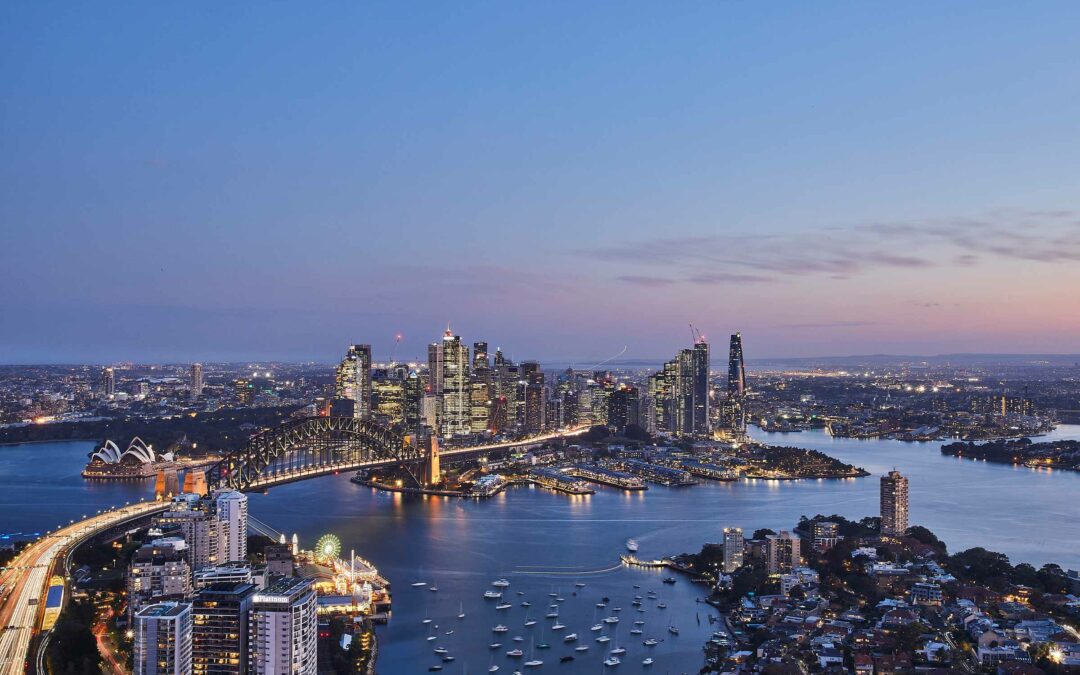In the evolving landscape of urban development, the role of the community building developer has become increasingly pivotal. As cities expand and populations increase, the need for thoughtful urban design that fosters community and enhances the quality of life has never been more apparent. Community building developers are at the forefront of this movement, crafting spaces that do more than house people—they create vibrant, sustainable communities that enrich lives and promote social interaction. This blog post explores the integral role these developers play in modern urban design.
What Is a Community Building Developer?
A community building developer is a type of real estate developer focused on creating residential and commercial projects that are designed not just for living or working, but also for interacting. Unlike traditional developers, whose projects often prioritize density and economic return, community building developers place a strong emphasis on communal spaces, green living, and amenities that encourage community engagement.
The Philosophy Behind Community Development
The philosophy that guides community building developers is rooted in the idea that well-designed spaces can improve social cohesion and overall well-being. This involves a holistic approach to planning and architecture that considers everything from traffic flow and environmental impact to the way people interact with their surroundings. The goal is not only to meet the basic needs of residents but also to enhance their day-to-day life through carefully curated shared spaces and community-focused design.
Key Strategies Employed by Community Building Developers
1. Emphasizing Common Spaces: One of the trademarks of community-oriented development is the emphasis on common spaces. These areas, whether parks, shared rooftops, community gardens, or flexible workspaces, are designed to be accessible and appealing to all residents, fostering a sense of belonging and community.
2. Integrating Mixed-Use Developments: By combining residential, commercial, and leisure spaces in one place, mixed-use developments encourage a more dynamic interaction among residents. This not only makes neighbourhoods more convenient but also more vibrant, as people can shop, work, and relax in proximity to their homes.
3. Focusing on Walkability and Connectivity: Community building developers prioritize designs that promote walking and biking. This approach not only reduces dependency on vehicles but also increases interactions among residents. Well-planned pedestrian paths, bike lanes, and public transit access are key features of these developments.
4. Incorporating Sustainable Practices: Sustainability is a cornerstone of modern community development. Eco-friendly materials, energy-efficient buildings, and green technologies are commonly used to minimize environmental impact and create healthier living spaces.
5. Engaging with Stakeholders: Successful community development requires active engagement with stakeholders including residents, local governments, and businesses. This collaboration ensures that the projects not only meet current demands but are also adaptable to future needs.
The Impact on Urban Living
The impact of community building developers on urban living can be profound. By creating spaces that promote social interaction and a strong sense of community, these developers can transform the way people live and interact in urban environments. Studies have shown that neighbourhoods with strong communal ties have lower crime rates, better educational outcomes, and improved mental health among their residents.
Case Studies: Successful Community-Oriented Projects
Several notable projects in New South Wales exemplify the principles of community-oriented development. A prime example is the revitalization of the Rhodes Precinct, spearheaded by Billbergia. This transformation turned the area into a thriving mixed-use community with a strong emphasis on open spaces and public amenities. Billbergia’s efforts included the creation of essential infrastructure, a modern shopping centre, enhanced transport links, and improved connectivity. These developments have not only increased convenience for residents but also fostered a vibrant community atmosphere, making Rhodes a model of successful urban revitalization.
Challenges and Considerations
While the benefits of community-focused development are clear, there are challenges as well. These projects often require more planning and investment in public infrastructure than traditional developments. Additionally, maintaining the balance between open community spaces and private living areas can be complex. Developers must navigate these challenges while keeping their projects economically viable.
Conclusion
The role of the community building developer in modern urban design is critical as cities continue to grow and evolve. By prioritizing community interaction, sustainability, and holistic living environments, these developers are not just building buildings—they are shaping the future of urban living. As we look to the future, the principles of community-oriented development will likely become the standard, rather than the exception, influencing how neighbourhoods are designed across the globe. For anyone interested in the development of vibrant, sustainable, and cohesive urban spaces, the community building developer is a central figure worth watching.



